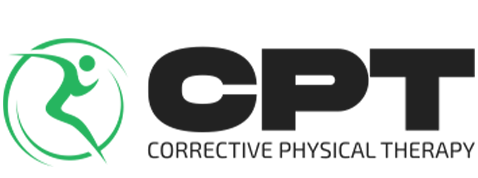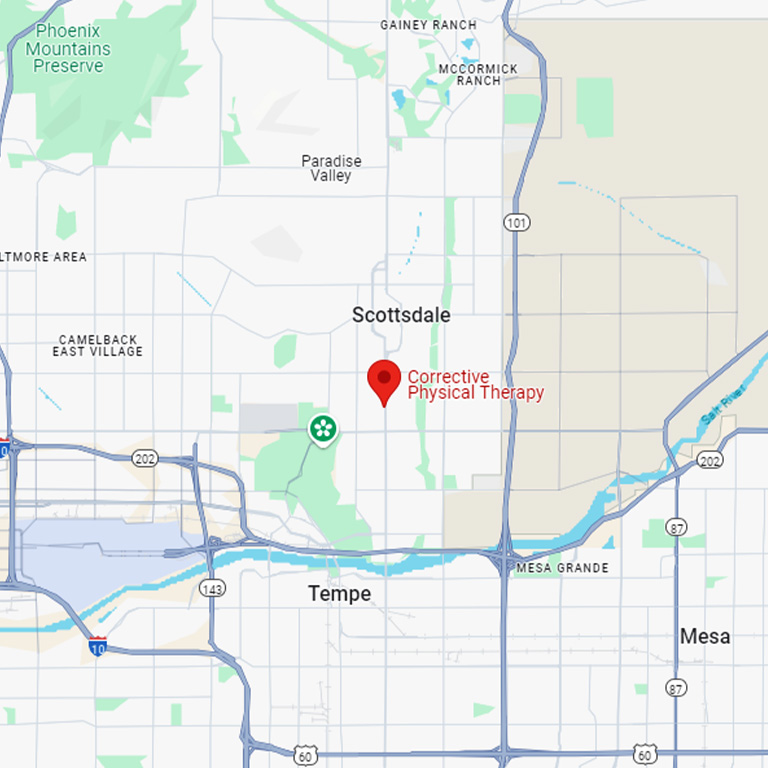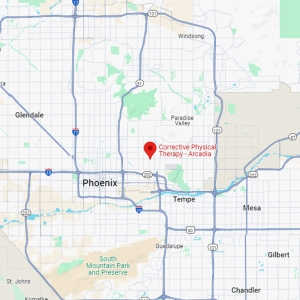How to Safely Return to Exercise Postpartum: What Every New Mom Should Know
You’ve made it through pregnancy, labor, and delivery — and now you’re itching to move your body again.
But whether you’re ready to lift, run, or simply go on a long walk without pain or leaking, the return to movement postpartum isn’t always straightforward.
Most women are “cleared to exercise at 6 weeks” — but what does that actually mean? And more importantly, how do you return to movement safely and confidently?
At Corrective Physical Therapy, we specialize in postpartum physical therapy (postpartum PT) to help women return to the activities they love — without pain, pressure, or fear of setbacks.
Why the 6-Week Clearance Isn’t a Green Light for All Exercise
At your 6-week OB check-up, you might get the all-clear to start exercising again.
But that clearance doesn’t usually come with a plan — or a real assessment of your core, pelvic floor, or readiness for high-impact movement.
And this can lead to:
🚫 Urinary leakage when running or jumping
🚫 Persistent back, hip, or pelvic pain
🚫 Overwhelm, confusion, and discouragement
That’s where postpartum PT makes the difference.
Postpartum Return to Exercise: What It Should Include
A smart, evidence-based return to postpartum exercise includes:
✔️ An assessment of your pelvic floor and deep core
✔️ Screening for diastasis recti and pressure management issues
✔️ Evaluation of breathing, posture, and movement patterns
✔️ A progressive strength and mobility program tailored to your body and goals
Whether you want to lift, hike, do CrossFit, or simply chase your toddler around the house — your plan should be customized to your needs.
Postpartum Return to Running: How to Do It Without Leaking
Running is one of the most common goals we hear from postpartum moms — but it also places high demand on the core and pelvic floor.
Leaking during running is a sign your system isn’t absorbing and managing pressure well yet.
Postpartum physical therapy helps you:
🏃♀️ Rebuild strength in your glutes, core, and hips
🫁 Improve breathing strategies to manage intra-abdominal pressure
🌸 Re-train pelvic floor coordination
🧠 Reconnect brain-to-core patterns so your body functions automatically and efficiently during movement
We use the latest research to guide our return-to-run testing, and we never guess. You’ll have a clear, step-by-step plan to return to running without fear of leakage or injury.
The Benefits of Postpartum PT
Whether you had a vaginal delivery or C-section, postpartum PT can help you:
- Heal faster and move better
- Reduce pelvic, back, or hip pain
- Improve core strength and stability
- Prevent chronic dysfunction down the road
- Gain confidence in your body again
You don’t have to figure this out alone — and you definitely don’t have to settle for “this is just how it is now.”
Let’s Get You Back to Doing What You Love
If you’re feeling unsure, overwhelmed, or just ready for real answers — we’re here to help.
Our 1-on-1 postpartum PT sessions are designed to help you move forward with confidence, comfort, and strength.
📍 Available in Scottsdale
Book Your Appointment Today!






